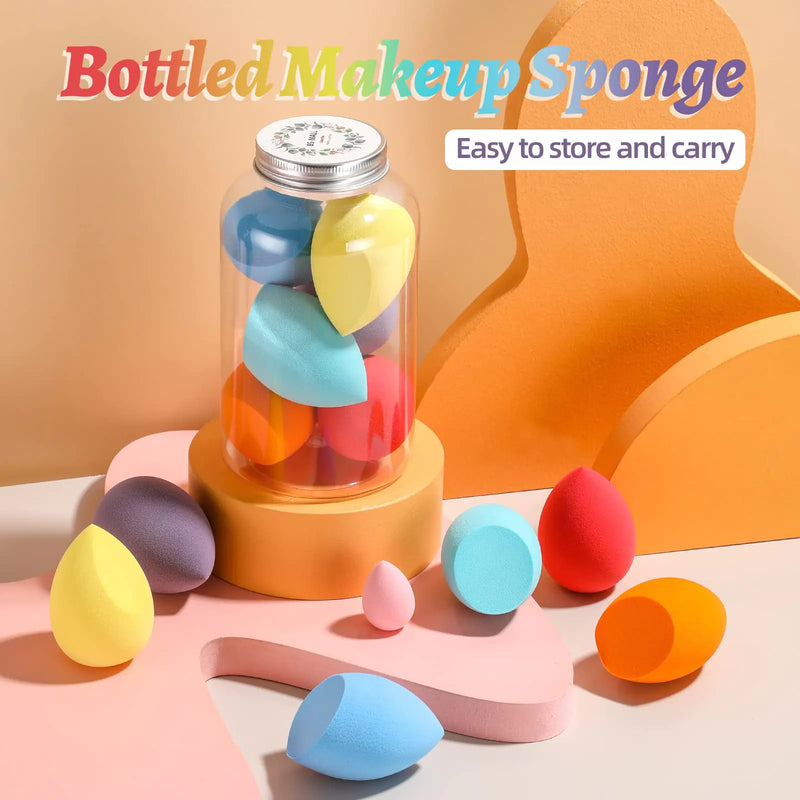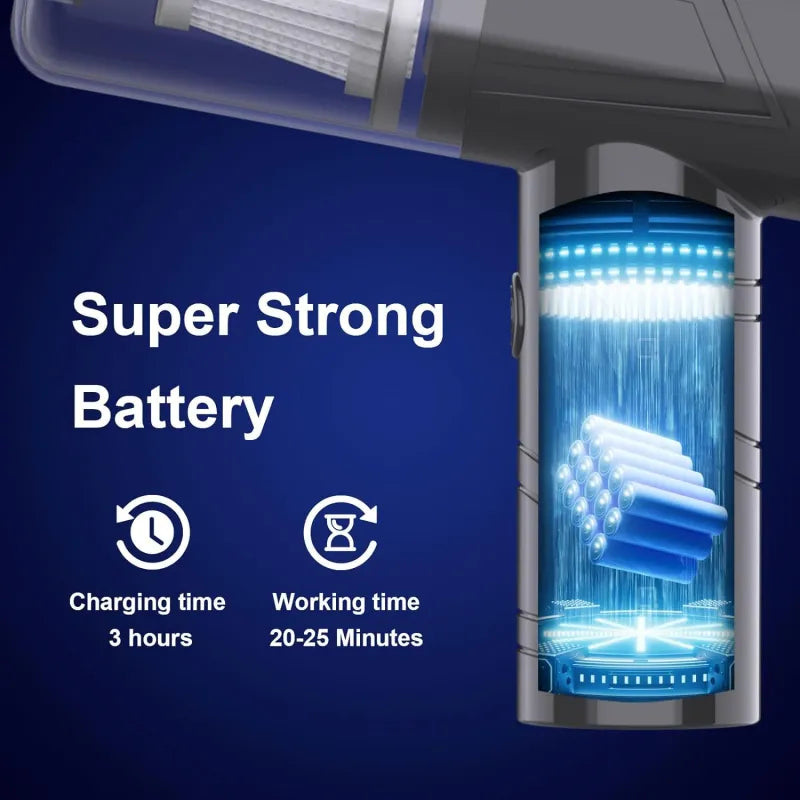Exclusive Featured Products
-
Electric Spin Scrubber
$49.00Original price was: $49.00.$37.00Current price is: $37.00. -
Portable Washing Machine
$52.00Original price was: $52.00.$45.00Current price is: $45.00. -
Multifunctional Peeling Knife Tool
$9.76Original price was: $9.76.$6.74Current price is: $6.74. -
Double-side Tableware Brush
$5.49Original price was: $5.49.$3.99Current price is: $3.99. -
7-Piece Makeup Sponge Set
$38.00Original price was: $38.00.$30.00Current price is: $30.00. -
Crystal Makeup Brushes Set
$14.00Original price was: $14.00.$10.00Current price is: $10.00.
Explore the Collection
Luxury Beauty Products
-
Waterproof Makeup Bag
$15.00Original price was: $15.00.$12.00Current price is: $12.00. -
Electric Makeup Brush Cleaner
$27.00Original price was: $27.00.$20.00Current price is: $20.00. -
Professional Makeup Brush Set
$37.00Original price was: $37.00.$30.00Current price is: $30.00. -
Crystal Makeup Brushes Set
$25.00Original price was: $25.00.$17.00Current price is: $17.00. -
Crystal Makeup Brushes Set
$14.00Original price was: $14.00.$10.00Current price is: $10.00. -
Makeup Brushes Foundation
$14.00Original price was: $14.00.$10.00Current price is: $10.00.
Cleaning Made Easy – Explore Now
-
Powerful Handheld Vacuum Cleaner
$22.00Original price was: $22.00.$15.00Current price is: $15.00. -
Household Cleaning Brush
$16.00Original price was: $16.00.$12.00Current price is: $12.00. -
Desk Window Glass Cleaner
$15.00Original price was: $15.00.$10.00Current price is: $10.00. -
Solar Panel Cleaning Brush Kit
$45.56Original price was: $45.56.$33.09Current price is: $33.09. -
Robot Vacuum Cleaner
$120.00Original price was: $120.00.$64.00Current price is: $64.00. -
New Window Cleaner Robot
$217.00Original price was: $217.00.$100.00Current price is: $100.00.
Your Kitchen, Your Way
-
Stainless Steel Fruit Digger Fruit Ball
$10.77Original price was: $10.77.$7.86Current price is: $7.86. -
Stainless Steel Apple Triangle Push Knife
$18.90Original price was: $18.90.$12.40Current price is: $12.40. -
Multifunctional Egg Cutter Stainless Steel
$12.60Original price was: $12.60.$6.87Current price is: $6.87. -
Double-side Tableware Brush
$5.49Original price was: $5.49.$3.99Current price is: $3.99. -
30/20/10/5/1PC Pot Dish Wash Double Side Sponges
$9.99Original price was: $9.99.$7.46Current price is: $7.46.








































